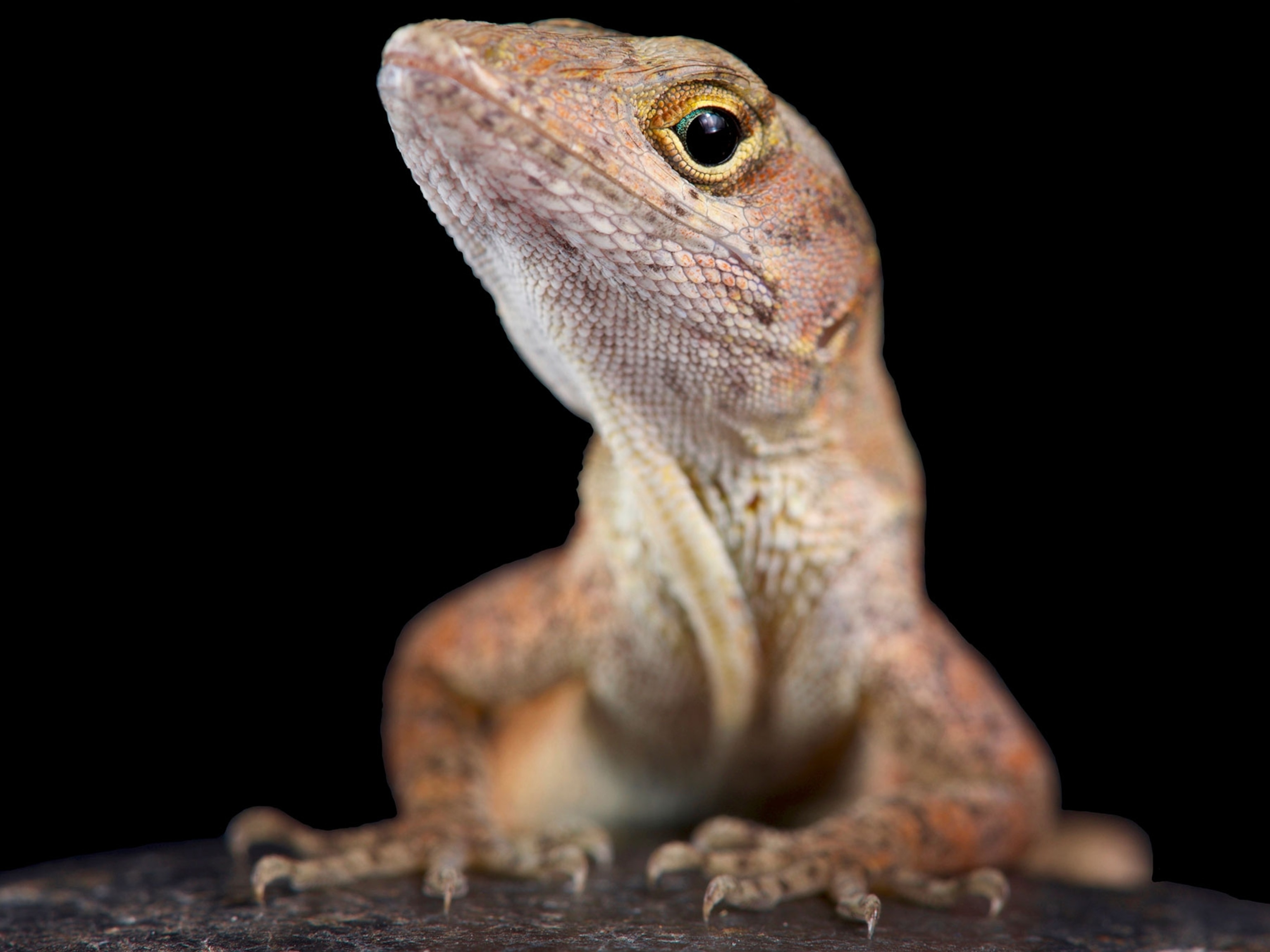Nightmarish, Toothy Lizard Fish Found in Ocean Deep
Researchers exploring Australia's deep sea found this menacing-looking, rarely seen creature.
A month-long voyage to explore the depths of Australia's oceans has turned up a multitude of deep-sea creatures fearsome enough to haunt your dreams.
So far, the research team aboard the Investigator, a research vessel from the Australian Marine National Facility, has found a dragon fish that glows in the dark, carnivorous sponges that wield lethal weapons, a spine-chilling sea spider, and a fish that doesn't have a face.
"Jelly and fangs," is how chief scientist Tim O'Hara described the abyss where he found his most nightmarish catch yet—the deep-sea lizard fish (Bathysaurux ferox).
The fish was retrieved from a beam trawl trailing through Australia's eastern abyss, where John Pogonoski from the Australian National Fish Collection immediately recognized the rarely seen predator.
“I noticed the long dorsal fin base characteristic of Bathysaurus ferox (the only other species in the genus, Bathysaurus mollis, has a short dorsal fin base and a very small second dorsal fin near the tail)," Pogonoski said in a press release. "The large eyes and teeth are classical features of an ambush predator.”
Deep-sea lizard fish grow to be roughly two feet in length. In addition to their characteristically menacing mouth of teeth, they have large, greenish black eyes that protrude from their heads.
The fish can be found at a depth of anywhere from 3,000 feet to over 8,000 feet below the surface, meaning it isn't often seen by people. Their population is distributed in the depths of both the Atlantic and Indo-West Pacific oceans.
In the ocean's depths, deep-sea lizard fish are solitary and are found few and far between. They are ambush predators, meaning they find their prey by lying in wait. When prey swims by these monsters of the deep, they seize them in their mouths, which have numerous flexible teeth that move prey further into the back of its mouth.
Food can be hard for these lizard fish to find at the bottom of the ocean, and mates are even more sparse. In order to maximize chances of reproduction, these fish have evolved into hermaphrodites, possessing both male and female organs, which allows them to mate with any member of their species that crosses their path.
The team of 30 international scientists and technicians will continue exploring Australia's eastern abyss until mid-June. They plan to use their surveys of the ocean floor to map and better understand the region's biodiversity.





